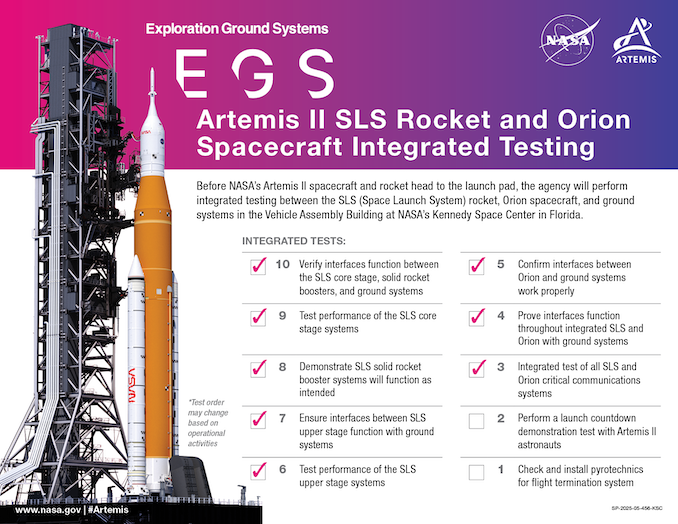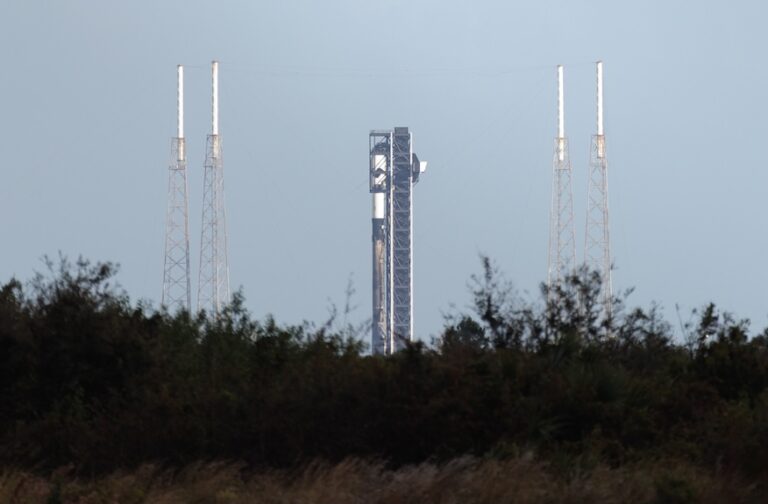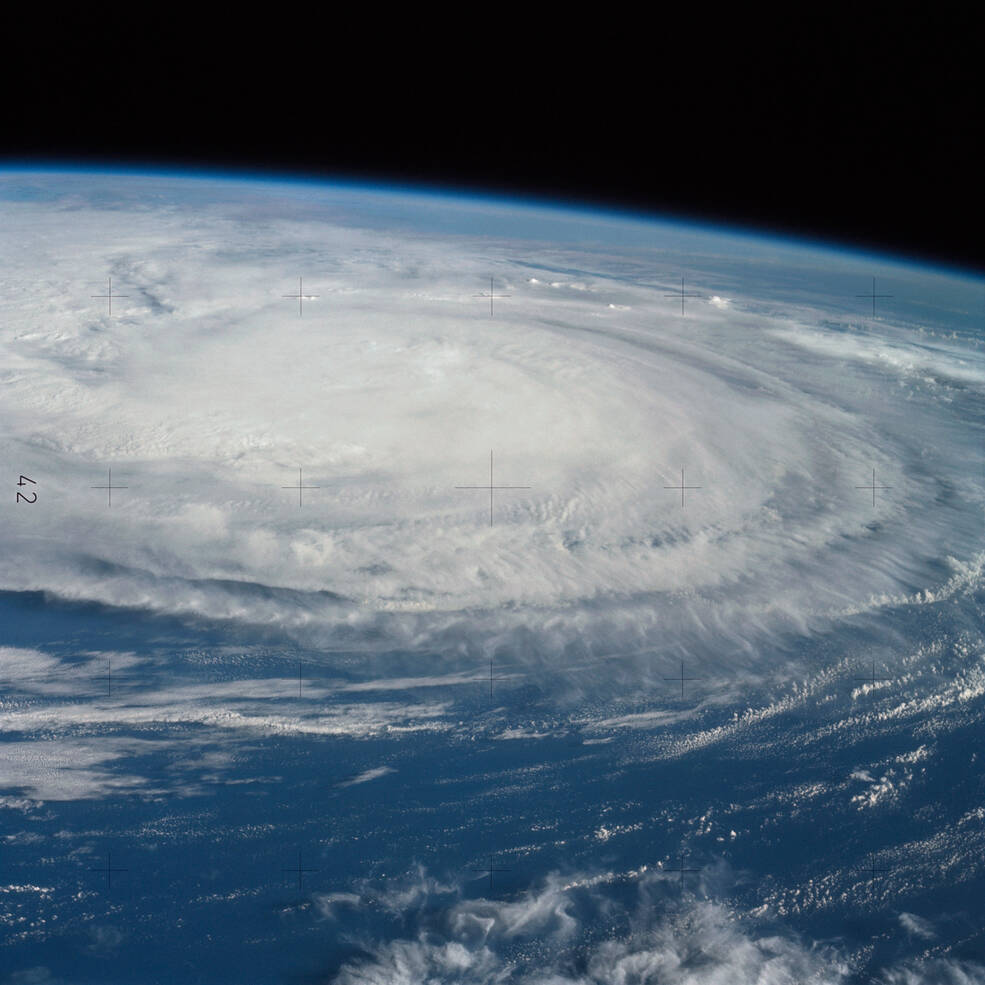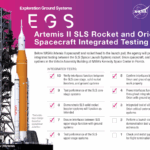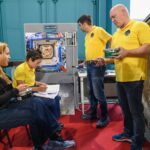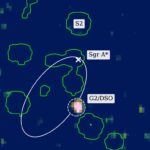Now Reading: Live coverage: SpaceX to launch 23 Starlink satellites on Falcon 9 rocket from Cape Canaveral
-
01
Live coverage: SpaceX to launch 23 Starlink satellites on Falcon 9 rocket from Cape Canaveral
Live coverage: SpaceX to launch 23 Starlink satellites on Falcon 9 rocket from Cape Canaveral
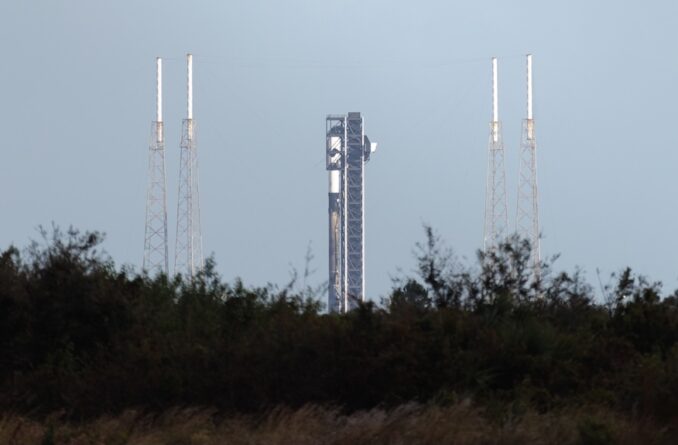

SpaceX is preparing to launch a batch of 23 Starlink V2 Mini satellites to low Earth orbit as it and NASA are in the process of returning four people from the International Space Station back to Earth.
The Starlink 12-25 mission will launch using a Falcon 9 rocket departing from Cape Canaveral Space Force Station Tuesday afternoon. Liftoff is scheduled for 3:57 p.m. EDT (1957 UTC).
Spaceflight Now will have live coverage beginning about an hour prior to liftoff.
On Monday, the 45th Weather Squadron issued a forecast showing a 95 percent chance for favorable weather conditions at launch with just the liftoff winds as a potential deterrent. Winds were predicted to trend between 18 and 26 miles per hour.
The conditions at the booster recovery zone in the Atlantic Ocean, where SpaceX’s droneship ‘A Shortfall of Gravitas’ is positioned, was deemed a “moderate” risk. SpaceX has been able to land safely in such conditions, but this will be continuously assesses throughout the countdown process.
SpaceX will launch the Starlink 12-25 mission using its first stage booster with the tail number B1077. This will be its 19th flight after previously supporting missions like Crew-5, CRS-28, NG-20 and GPS 3 Space Vehicle 06.
A little more than eight minutes after liftoff, B1077 will target an autonomous landing on the ASOG droneship. If successful, it will be the 102nd booster landing for that vessel and the 420th successful booster landing to date.
The mission carries onboard 23 Starlink satellites to bolster SpaceX’s megaconstellation of more than 7,100 satellites currently on orbit. Among those flying to LEO on Tuesday are 13 that feature Direct to Cell capabilities.
Prior to the launch, SpaceX launched a total of 557 of these DTC Starlink satellites. According to expert orbital tracker and astronomer Jonathan McDowell, SpaceX has 543 of these remaining on orbit as of March 16.
Stay Informed With the Latest & Most Important News
Previous Post
Next Post
-
 012024 in Review: Highlights from NASA in Silicon Valley
012024 in Review: Highlights from NASA in Silicon Valley -
 02Panasonic Leica Summilux DG 15mm f/1.7 ASPH review
02Panasonic Leica Summilux DG 15mm f/1.7 ASPH review -
 03How New NASA, India Earth Satellite NISAR Will See Earth
03How New NASA, India Earth Satellite NISAR Will See Earth -
 04And Thus Begins A New Year For Life On Earth
04And Thus Begins A New Year For Life On Earth -
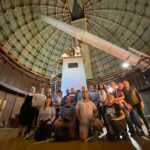 05Astronomy Activation Ambassadors: A New Era
05Astronomy Activation Ambassadors: A New Era -
06SpaceX launch surge helps set new global launch record in 2024
-
 07Space Force plans new ‘Futures Command’ amid pressure to speed up modernization
07Space Force plans new ‘Futures Command’ amid pressure to speed up modernization












